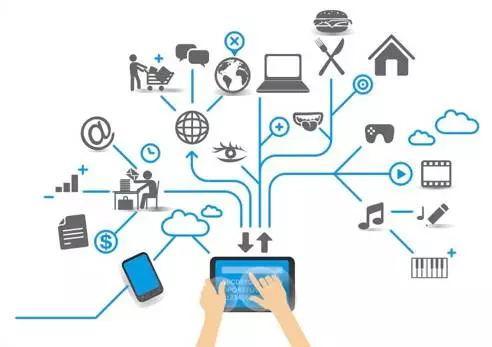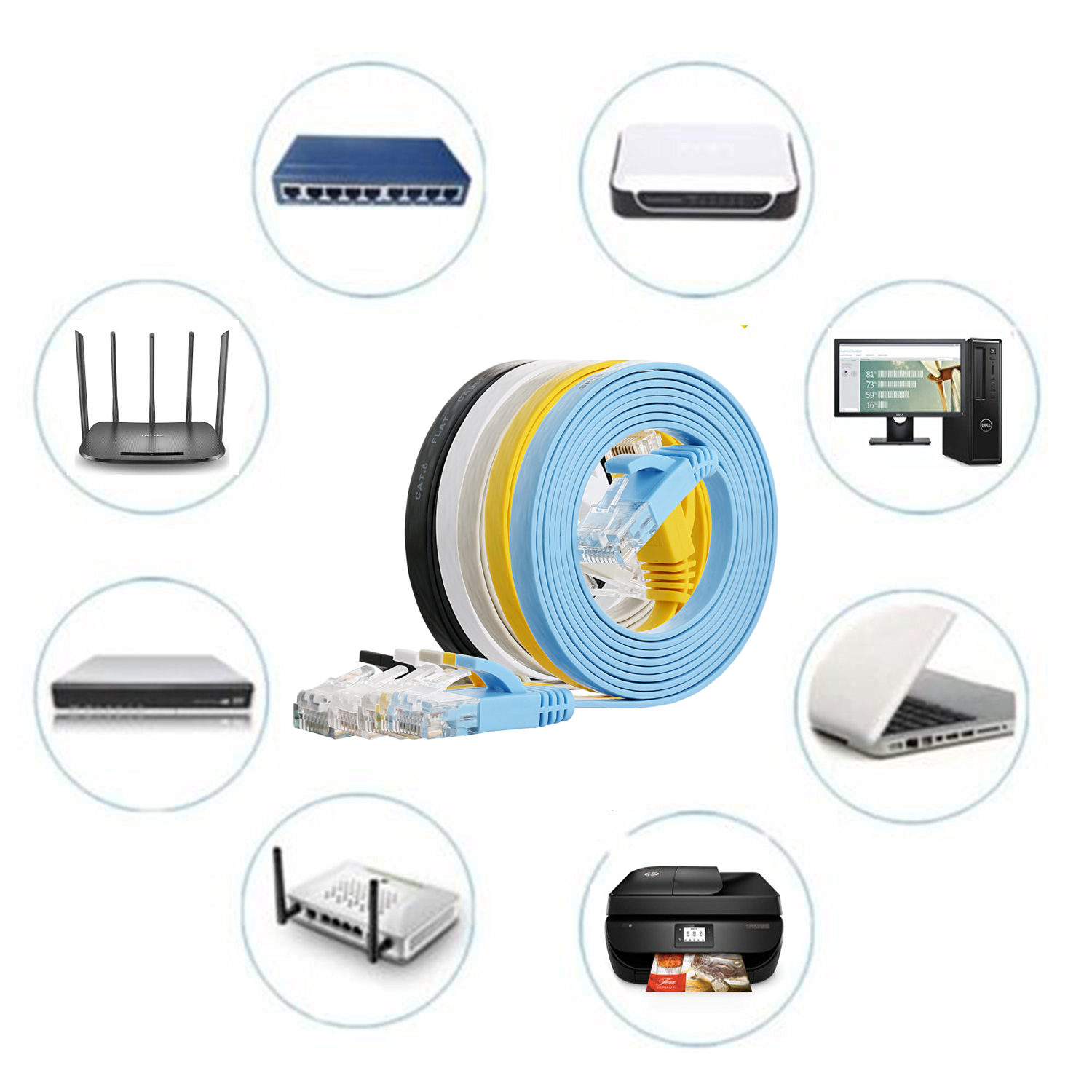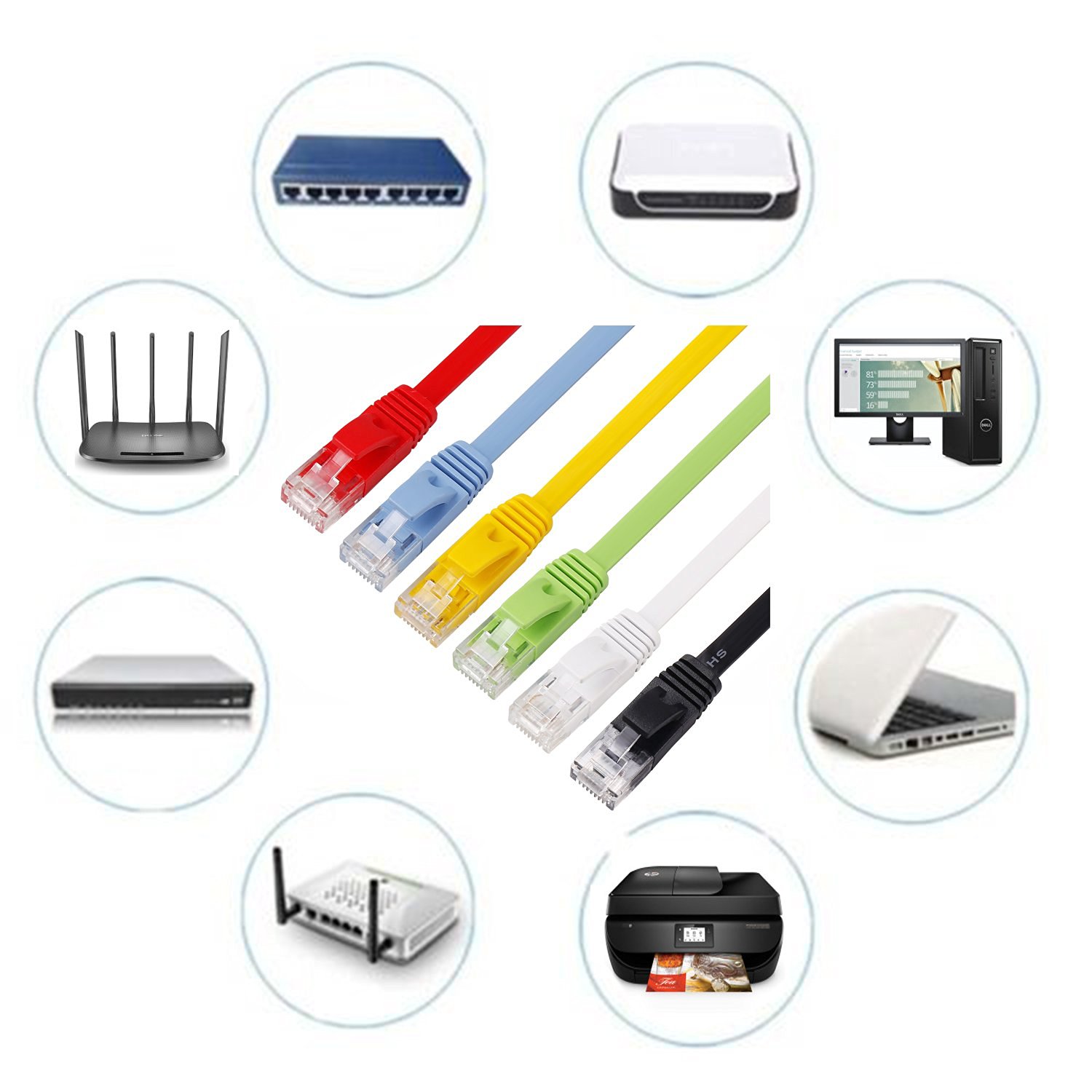The Internet of Things is still relatively conceptual. Many of the solution companies that claim to be Internet of Things are using the Internet of Things banner to defraud government subsidies. From the current situation, many companies use a bunch of low-end sensors and then collect data into the cloud, which is called the Internet of Things. The use of real users does not bring convenience to them. Instead, it increases the amount of maintenance work and is of no value to users.

Sensors are the factors that hinder the development of the Internet of Things?
Is the future of the Internet of Things meaningless? This is not the case. The Internet of Things can bring convenience to users in the context of perfect systems. The main factor hindering the development of the Internet of Things is the sensor.
At this stage, the price of high-end sensors is relatively expensive, and there are tens of thousands and hundreds of thousands of them. There is no way to commercialize them. The low-end sensor is almost useless, not only is the data accuracy low, but the reliability is extremely poor, requiring frequent manual maintenance. If the data needed for the Internet of Things is not accurate, what is the significance of the data?
At present, the direct use unit is a government unit, but the number of solution companies is numerous, the Internet of Things projects are scattered, the data everywhere is scattered, there is no way to integrate these data, and the value of many data is not particularly large. Some Internet of Things used by government units need to be truly connected in series with the whole country. The various departments are connected to each other, and data can be used interchangeably and mutually utilized to generate big data. Real data connectivity is not possible in the short term.

The main factors affecting the cost of the sensor?
1. At present, the sensor market is dominated by foreign companies. The domestic market is mainly to do some low-end products, and the sensors are really done very little, leading to market monopoly.
2, the relevant core components can only be provided by foreign countries, such as some LED light sources inside the sensor, PD, motor and the like, the domestic related industry chain is not mature enough. As a result, domestic material costs are high.
3. Sensor companies can't see much benefit in the short term. Sensors are more dispersed. The unit price of individual sensors is low. In some related industries, if you are working on a project, don't research and develop it yourself, and you can easily build a project with millions of thousands. Ten thousand, the money is relatively fast, and does not require too much technology, resulting in fewer companies that are willing to invest in human resources and resources.

For the industrial market, the development of the Internet of Things needs to have certain norms, otherwise it will be difficult to develop and grow. For the civilian market, it is mainly cost and user experience. In the huge Internet of Things market, everyone wants to share a piece of the pie. If they are speculative, they will only stink the industry. Really hope to pay attention to the value of users, first of all to stabilize the product, do a good job, do cheap, so that the market will grow.
Our Cat6 Flat Ethernet Cable provides high performance, as it uses 250Mhz to transfer data up to 1Gbps, faster than CAT5E. Allowing for greater bandwidth and, therefore, home and office productivity.
Cat 6 Flat Ethernet Patch Cables are designed for high density environments where clearance and space is limited.
CAT6 Ethernet Cable is manufactured in our own factory with 4-pair oxygen-free pure copper and RJ45 connector plugs with FU gold-plated contacts with molded strain relief snagless boot. Our high-speed Category 6 Ethernet cable has an in-wall PVC jacket.


Super five line identification is "CAT5E", bandwidth 100M, is the mainstream product;The identification of the six lines is "CAT6", with a bandwidth of 250M, used to set up gigabit network, which is the trend of future development.
The "UTP" method refers to the UTP -- Unshielded Twisted Pair cable, which consists of several pairs of Twisted Pair and one plastic sheath.CAT5E of twisted pair also use 4 winding pairs and 1 anti-tension wire, the color of the pair is exactly the same as the CAT6 of twisted pair, namely white orange, orange, white green, green, white blue, blue, white brown and brown respectively.
Although the CAT5E of unshielded twisted pairs can provide up to 1000Mb/s of transmission bandwidth, they often need to be supported by expensive special equipment.Therefore, it is usually only used for 100Mb/s fast Ethernet to connect desktop switches to computers.If you are not prepared to upgrade your network to gigabit Ethernet in the future, then you might as well use CAT5E of unshielded twisted pair in horizontal wiring.
CAT6 of unshielded twisted pair: all parameters of the six classes of unshielded twisted pair have been greatly improved and the bandwidth has been extended to 250MHz.The CAT6 of twisted pair are different from the CAT5 or CAT5E types of twisted pair in shape and structure, which not only increases the insulated cross skeleton, but also places the four pairs of twisted pair wires in the four grooves of the cross skeleton, and the diameter of the cable is also thicker.
In addition to the traditional voice system still use three types of twisted pair, network cabling is basically using CAT5E or CAT6 of unshielded twisted pair Ethernet cable.
Cat6 Flat Ethernet Cable,Braided Nylon Cat6 Cable,Nylon Braided Cable Ethernet Flat,Cat6 Flat Ethernet Cable
Shenzhen Kingwire Electronics Co., Ltd. , https://www.kingwires.com